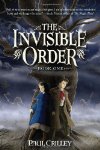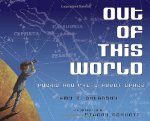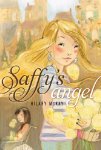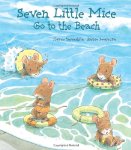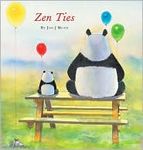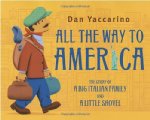Benson Bobrick
Nonfiction
For ages 12 and up
Random House, 2012, 978-0-375-86869-6
These days, the Olympic Games are watched by millions of
people all over the world. The host countries spends enormous amounts of money
building venues for the events, and preparing for opening ceremonies that they
hope will thrill and delight spectators. The games are “global extravaganzas”
that people remember for years to come.
The ancient
Olympics were nothing like the modern day games. The first recorded Olympic
event took place in 776 BC in Olympia, Greece. There was a two-hundred-yard
footrace in a meadow, and the race was won by a cook who came from the town of
Elis. Over time, other races were added, along with events such as the discus
throw, the long jump, the javelin throw, and boxing.
The games were
held every four years on the second full moon after the summer solstice. As
more events were added, and as more athletes participated who came from all
over the Greek world, more buildings and facilities were added. The athletes
now had proper tracks to run on, gymnasiums where they could make use of steam
baths, and various other buildings that were used for training. Just like
today, athletes were accompanied by coaches, trainers, and doctors. Just like
today they were expected to “do nothing to disgrace the Games.” The one big
thing these earlier Olympiads did not have was an Olympic Village. Their accommodations
were rudimentary at best. To ensure that both the athletes and spectators could
safely come to the games, an Olympic Truce was put into effect that lasted for
four months, and it was upheld in all the countries and territories in the
Hellenic world.
When the Romans
took over the Greek Empire, they also took over the Olympic Games. Their
versions of the event lost many of the elements that made the Greek Games so
special. In 394 AD pagan festivals were banned and to all intent and purposes
the Games were no longer celebrated.
A few Olympic Games type events became
popular in England in the 16 and 1700’s, but it wasn’t until the mid-1800’s
that men interested in reviving the games who came from England and France
began to work towards a common goal to create an international event. The first
Olympic Congress gathered in France in 1894 to create the International Olympic
Committee, and two years later the first modern Olympic Games was held in
Athens, Greece. There were only forty-one athletes from fourteen countries
present, but it was a beginning. In time more countries would participate, and
in 2012 over fourteen thousand athletes in two hundred and five teams arrived
in London for the Thirtieth Olympiad.
Readers who enjoy history and who look
forward to watching the Olympic Games will greatly enjoy this unique book. They
will not only see how the Games changed and evolved over time, but they will
also get to meet some of the great athletes who attended the Games. With period
photos and illustrations throughout the book, this is a title that is easy to
read and full of fascinating stories.

